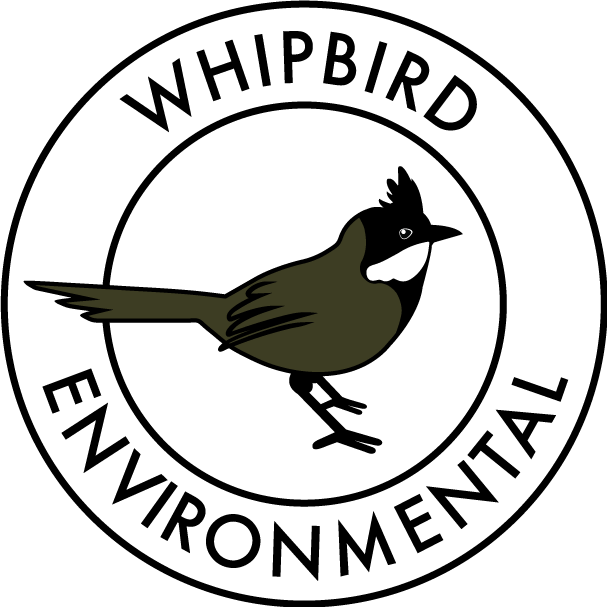Melaleuca thymifolia (Thyme Honey-myrtle) Australian Native Plant Profile
Potted Melaleuca thymifolia flowering in Bomaderry NSW. Photo by Jeff Harbrow
Description
Dense shrub growing 1 to 1.5m in height and 2m across. Melaleuca thymifolia has small thyme-like leaves and lovely pink flowers throughout the year but predominantly in the summertime.
Growing Conditions
Naturally Melaleuca thymifolia grows in heath and scrublands in or around damp or swampy areas. It can handle a variety of soils but does best in well drained soils. Thriving under damp conditions this is a great option for areas of the property that collect a little extra water. Grow in full sun to light shade for best growth, although it can tolerate a large amount of shade it typically grows leggy and doesn’t flower well under those conditions. M. thymifolia does really well in containers and requires very little attention other than ensuring consistent watering.
Habitat Value
Its low and dense growth habit makes it a great plant for boosting the shrub layer in the garden or natural areas. It provides ample cover for smaller animals from reptiles and insects to birds. The bright flowers attract all sorts of nectar drinking critters. Sporadic flowering all year round can give a boost to nectar availability in some of the more lean times of the year although its main flowering display is usually throughout summer.
Uses
Environmentally Melaleuca thymifolia is a great species to use in revegetation works in heathland especially when trying to establish a ground/shrub layer. They are fairly quick to establish and flower after a very short time providing early habitat and food for fauna in large restoration works.
In the garden Melaleuca thymifolia makes for a great low hedge plant. It does well in containers and is a great option for those with only a small space. Thyme honey-myrtle is also a nice addition to damper areas of the garden where other species may be challenging.
Propagation
Propagation is fairly successful from seed and they strike well from soft and semi-hardwood cuttings.
You might also like:
Plectranthus graveolens (Bush Basil)
Indigofera australe (Duwabili (D'harawal) or Native Indigo)
Further Reading
https://www.anbg.gov.au/gnp/gnp4/melaleuca-thymifolia.html
https://plantnet.rbgsyd.nsw.gov.au/cgi-bin/NSWfl.pl?page=nswfl&lvl=sp&name=Melaleuca~thymifolia

